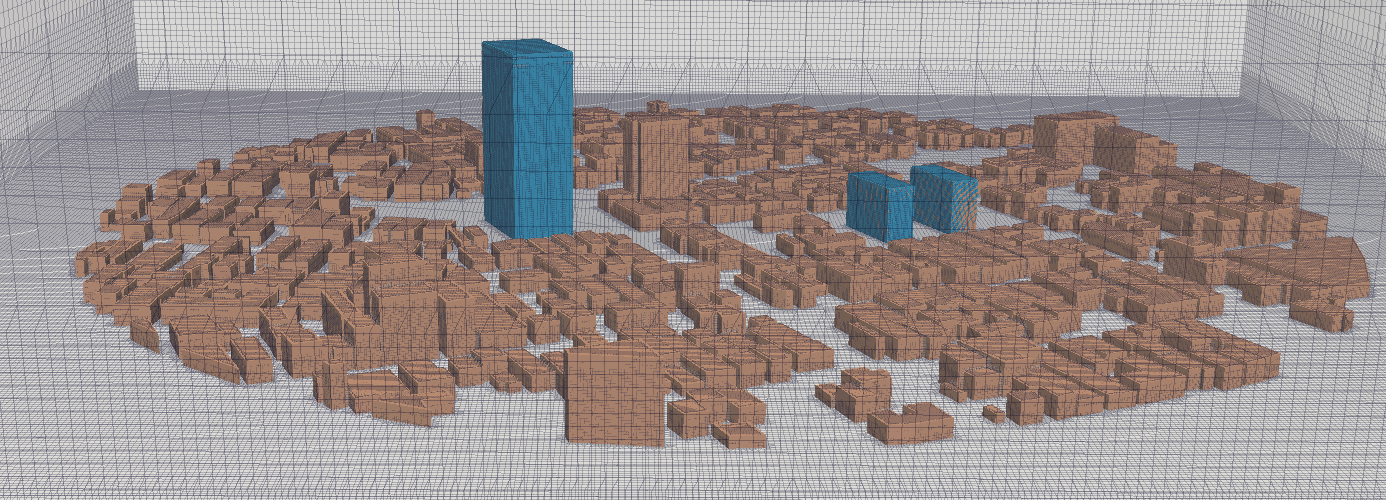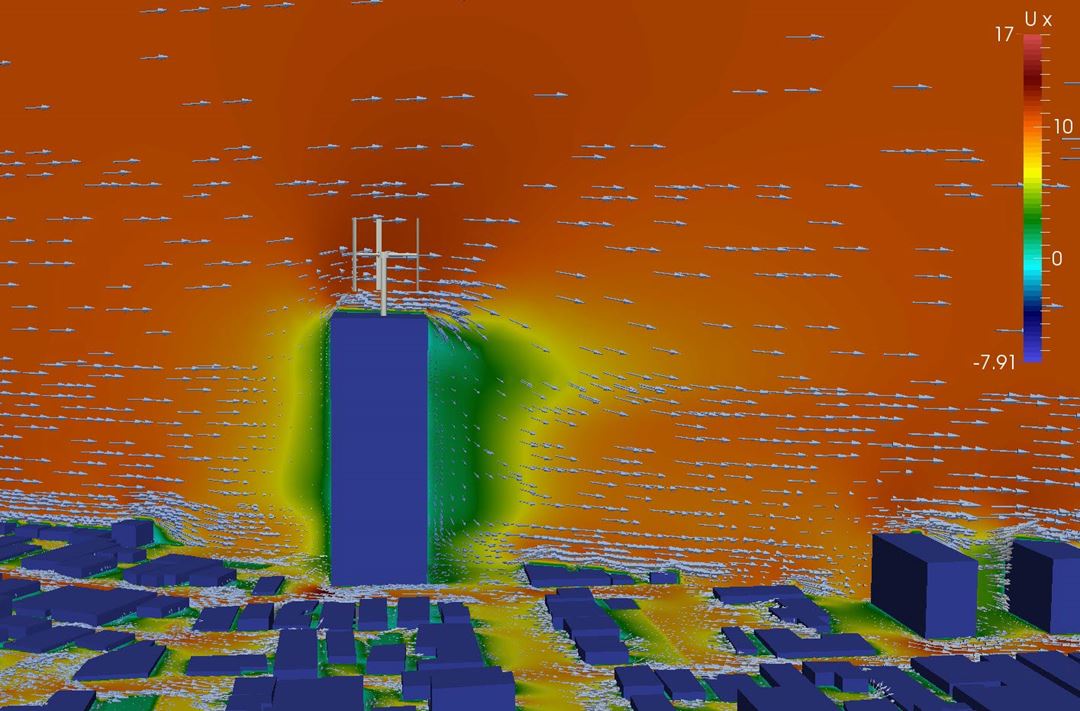
Building Physics and Urban Climatology
Contact person

Climate has a direct impact on cities' energy flows due to the space conditioning (heating, cooling) needs of the buildings accommodated. This impact may be reinforced due to climate change and to the (so called) urban heat island effect. The corresponding changes in energy demands alter greenhouse gas emissions so that there is a feedback loop. To be able to simulate cities' metabolism with reasonable accuracy it is thus important to have good models of the urban climate. But this is complicated by the diverse scales involved. The climate in a city, for example, will be affected not only by the buildings within the urban canopy (the size of a few meters) but also by large topographical features such as nearby water bodies or mountains (the size of a few kilometers). Unfortunately it is not possible to satisfactorily resolve all of these scales in a computationally tractable way using a single model. It is however possible to tackle this problem by coupling different models which each target different climatic scales. For example a macro model with a grid size of 200 – 300 km may be coupled with a meso model having a grid of 0.5-1 km, which itself may be coupled with a micro model of a grid size of 5-10 meters. Here we describe one such approach.
Firstly, freely available results from a macro-model are input to a meso-model at a slightly larger scale than that of our city. This meso-model is then run as a pre-process to interpolate the macro-scale results at progressively finer scales until the boundary conditions surrounding our city are resolved at a compatible scale. The meso-model may then be run in the normal way. In the rural context this may simply involve associating topography and average land use data with each cell, the former affecting temperature as pressure changes with height the latter affecting temperature due to evapo(transpir)ation from water bodies or vegetated surfaces. In the urban context however, it is important to account for the energy and momentum exchanges between our built surfaces and the adjacent air, which implies some representation of 3D geometry. For this we use a new urban canopy model in which the velocity, temperature and scalar profiles are parameterized as functions of built densities, street orientation and the dimensions of urban geometric typologies. These quantities are then used to estimate the corresponding sources and sinks of the momentum and energy equations.
Even at the micro-scale the use of conventional computational fluid dynamics modeling is unattractive because of the time involved in grid generation / tuning and the definition of boundary conditions. Furthermore, even the simplest geometry may require hundreds of millions of grid cells for a domain corresponding to a single meso-model cell, particularly if unstructured grids are used. To overcome this problem we describe a new approach based on immersed boundaries in which the flow around any complex geometry can be computed using a simple Cartesian grid, so that users benefit from both improved productivity and accuracy. Thus, a completely coupled macro, meso and micro model can be used to predict the temperature, wind and pressure field in a city taking into account not only the complex geometries of its built fabric but also the scales which are bigger than the city itself.
Tools for making simulations at an urban scale is being developed. Major focus is on developing easy to use tools and stunning visualizations. To achieve this a streamlined workflow from: <<Building information and terrain map → 3D surface representation in steriolithography (STL) format → Automatic generation of locally refined 3D meshes compatible with intended turbulence model to be used → Solution of the flow and turbulence field → Analysis has been developed. The three major tasks within this field are:
Preprocessing
Geometry Creation tools: Terrain date, existing building data and proposed building information will be merged to give a single surface representation in STL format.
Meshing tools: Scripts for generating 3D meshes for conducting fluid flow simulations keeping in mind the turbulence modeling approach will be developed.
Flow Solver: Efficient atmospheric codes have been developed to simulate buildings and terrain induced flows in a realistic setup for both neutral and stratified atmospheric boundary layer using LES and RANS approach.
Postprocessing: Visualization of texture mapped terrain, buildings and simulation results like three dimensional wind vectors and turbulent energy contours
